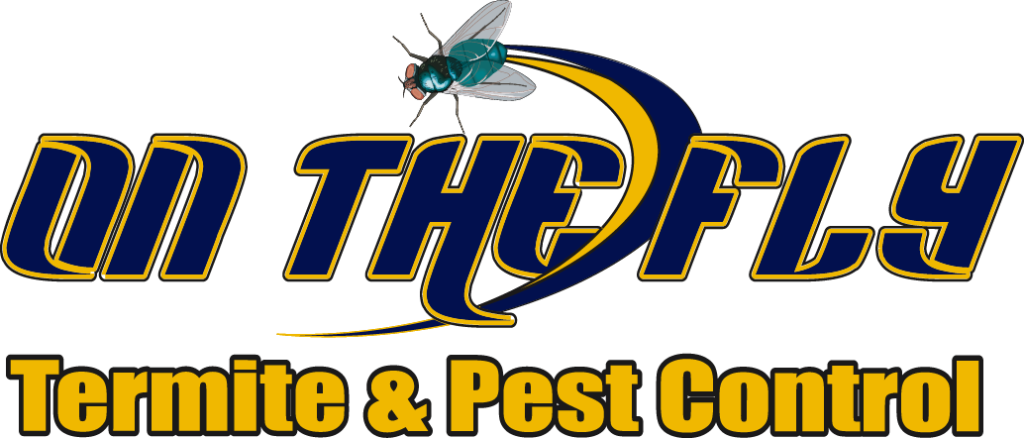Termites are among the most destructive pests in the world. They can cause significant damage to homes and businesses. If left untreated, termite infestations can lead to structural damage and even the collapse of buildings.
Termite treatment plans are designed to eliminate termites and prevent future infestations. These plans are usually provided by professional exterminators who specialize in termite control.
In this article, we will discuss the different types of termite treatments and their pros and cons.
The first step towards eliminating a termite problem is to identify it. The best way to do that is through inspection. This involves looking for signs such as holes or cracks on walls, floors, ceilings, etc., which may indicate an active infestation. Once you have identified your pest issue, you need to determine if there’s any risk involved with not treating it right away. For example, some insects like ants don’t pose much danger to humans but they still require immediate attention because they could spread diseases. In other cases, however, termites aren’t dangerous at all. You just want them out before they start eating into your home’s structure.
The next thing you should consider when choosing a termite treatment plan is how effective it is against various species of termites. Some insecticides work well against one type of termite while being ineffective against others. It’s important to know what kind of termites you have so you can choose the appropriate solution.
Another factor to take into account is cost. Termite treatment costs vary depending on several factors including:
• How many rooms/areas are affected?
• What size area does each room cover?
• Is the property located near water sources?
• Are there trees nearby?
• Does the house contain wood framing?
If these questions sound familiar, then you already understand why knowing about the above-mentioned details is crucial.
Types of Termite Treatments
There are two main categories of termite treatments available today – chemical and nonchemical methods. Chemical treatments use chemicals that kill termites directly. Nonchemical treatments rely on natural predators to keep the population under control. Both approaches have advantages and disadvantages. Let’s look at both options more closely.
Chemical Treatments
When using chemical treatments, you must be aware of certain things. First off, you need to make sure that the product used has been approved by the EPA. Secondly, you need to ensure that the pesticide doesn’t harm people, pets, plants, wildlife, or beneficial insects. Thirdly, you need to follow label instructions carefully. Lastly, you need to monitor the effectiveness of the treatment over time.
Nonchemical Methods
Unlike chemical treatments, nonchemical methods don’t involve pesticides. Instead, they focus on keeping termites from entering your home in the first place. There are three basic ways to achieve this goal:
1) Preventing entry points
2) Controlling moisture levels
3) Using traps
Preventing Entry Points
One of the simplest ways to protect yourself from termites is to seal up potential entry points. That means sealing gaps around windows, doors, foundation vents, chimneys, pipes, electrical outlets, plumbing fixtures, and crawl spaces. Termites love moist environments, especially those where food is present. So, making sure that your home stays dry helps reduce the chances of getting infected.
Controlling Moisture Levels
Moisture plays a major role in attracting termites. When humidity levels rise, termites multiply quickly. To avoid this situation, you need to maintain proper indoor air quality. One way to accomplish this is by installing dehumidifiers throughout your home. Dehumidifiers remove excess moisture from the air. Another option is to install ventilation systems that help circulate fresh air inside your home.
Using Traps
Traps are another method of preventing termites from invading your home. Most traps consist of baits that attract termites. Once attracted, the termites enter through an opening and get trapped. The problem with traps is that some bugs may die before reaching them. This makes it difficult for pest controllers to identify which ones were killed by the trap. In addition, if the bait isn’t properly placed, it might not catch all the termites. Finally, traps aren’t always 100% successful. Some termites manage to escape after being caught.
How Do You Know Which Type Of Termite Control Is Best For Your Home?
The best type of termite control depends on several factors including location, size, number of colonies, etc. However, there are general guidelines that should guide homeowners when choosing between chemical and non-chemical solutions. Here are some tips to consider:
• Choose a solution based on how much money you want to spend. Chemical treatments cost more than non-chemical options but offer better results. On average, chemical treatments cost about $100 per year while nonchemical cost only about $20 annually.
• Consider the amount of space available. Nonchemical treatments require less room because they don’t use chemicals. But, these techniques also have lower success rates compared to chemical controls.
• Think about whether you prefer to deal with one company or multiple companies. A single contractor offers greater convenience since he/she handles everything at once. Multiple contractors allow you to choose the services you like best.
Termites are one of the biggest threats to your home. Protect yourself against termite damage by hiring the services of our professional exterminators at On The Fly to inspect your home. Our trained termite experts will provide you with the information you need to protect your home. Don’t let termites destroy your home. Call us and get your free inspection today!


